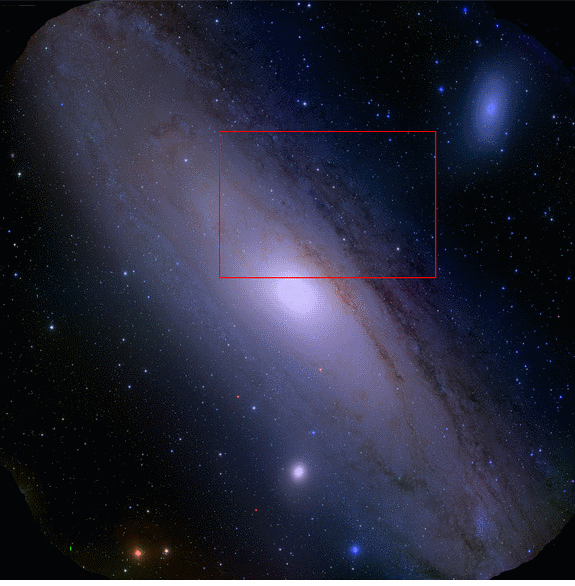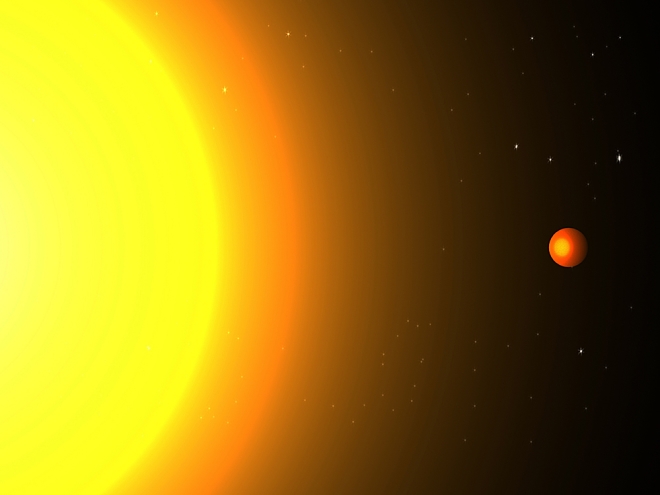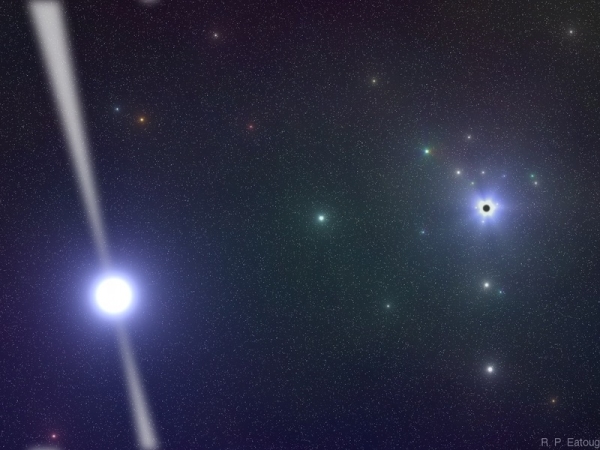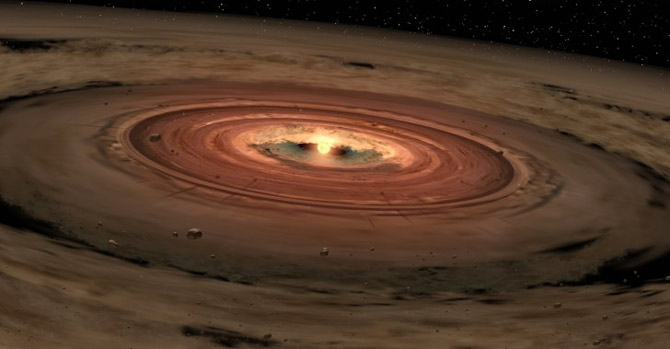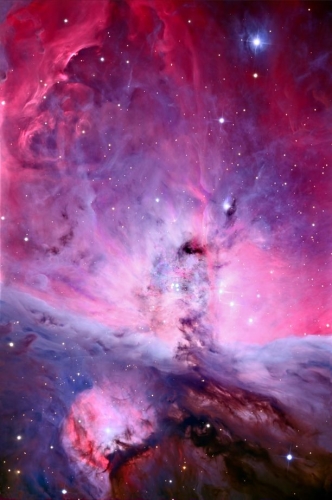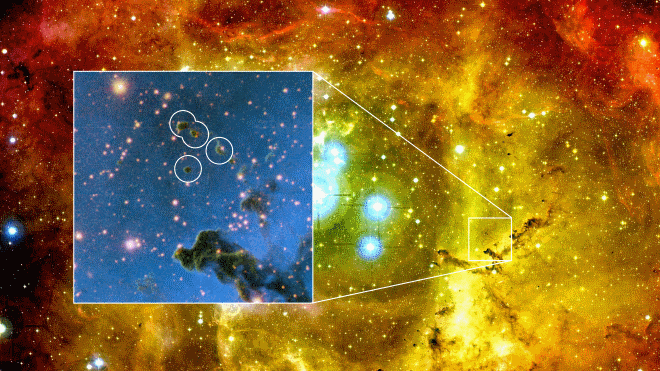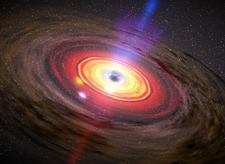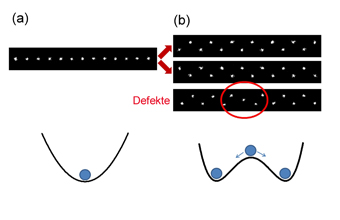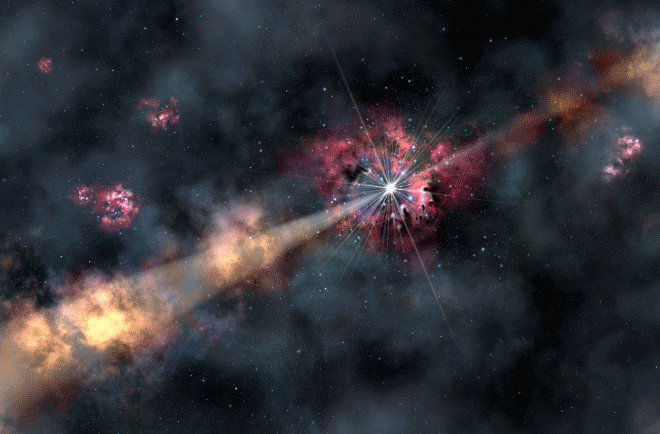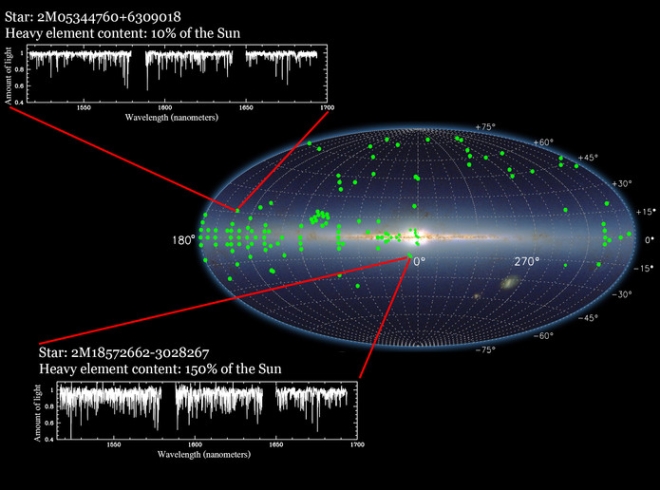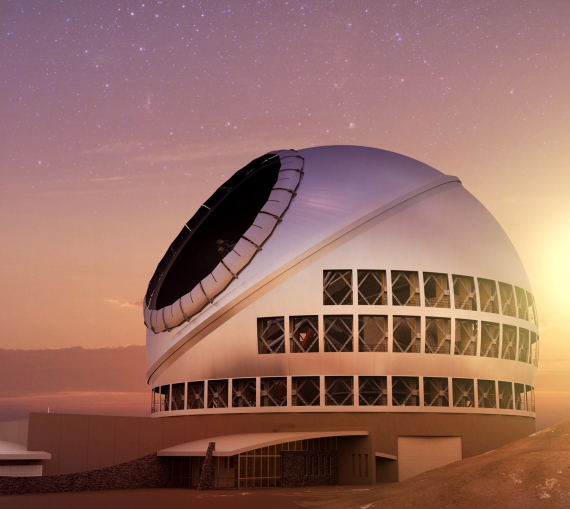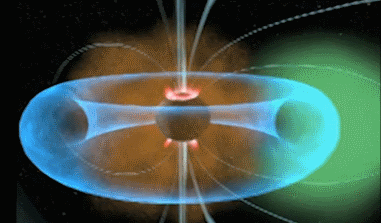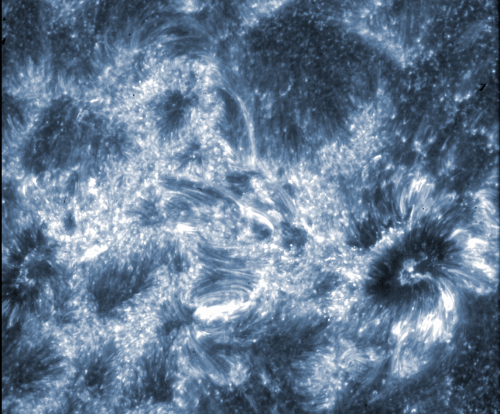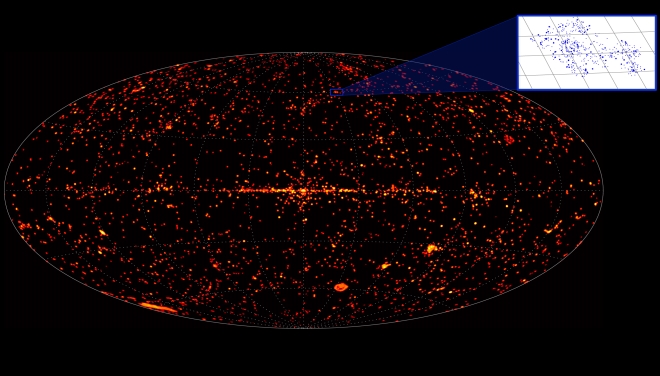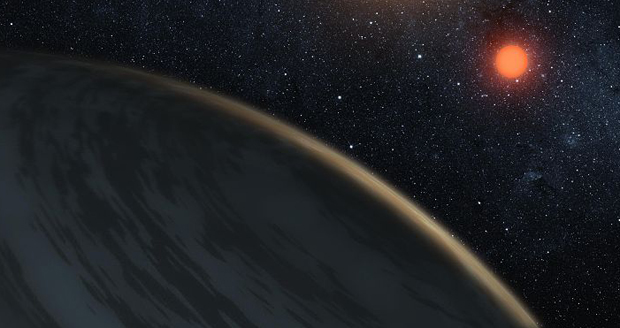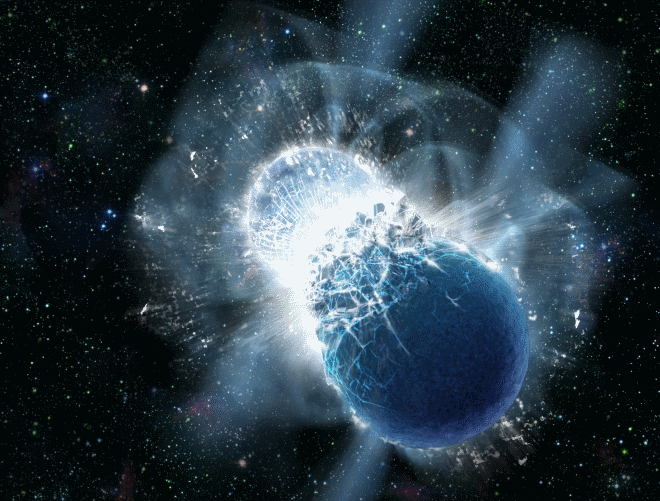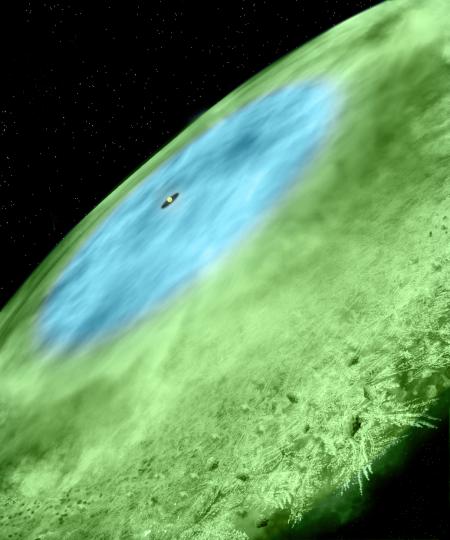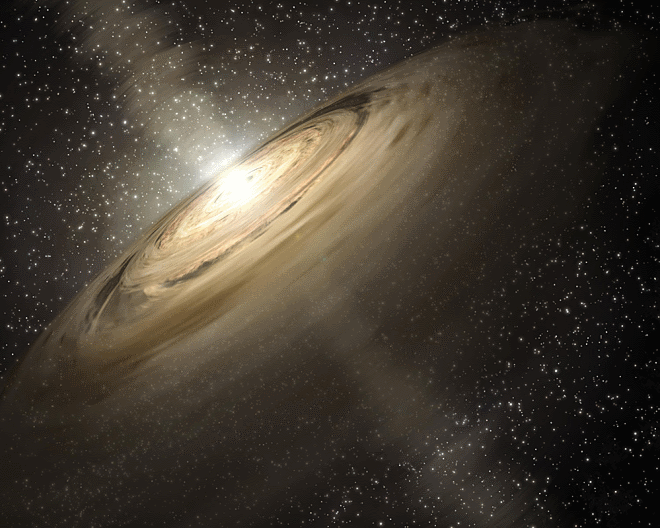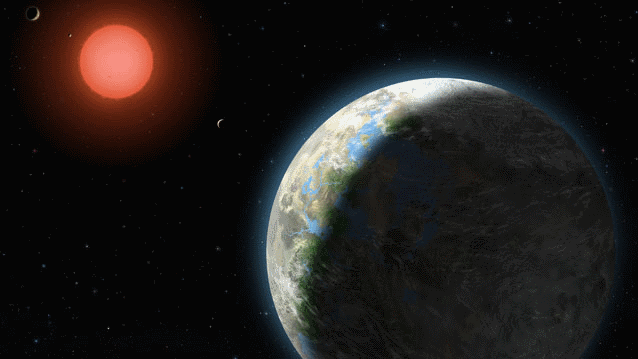
Stunning images of Andromeda demonstrate the world's most powerful astronomical camera
Stunning images of the Andromeda Galaxy are among the first to emerge from a new wide-field camera installed on the enor…
Read >>Waking up to a new year
MIT team discovers an exoplanet that orbits its star in 8.5 hours.
In the time it takes you to complete a single workday, or get a full night’s sleep, a small fireball of a planet 700 lig…
Read >>A magnetar at the heart of our Milky Way
Radio astronomers use pulsar with strong magnetic field to investigate supermassive black hole
Astronomers have discovered a magnetar at the centre of our Milky Way. This pulsar has an extremely strong magnetic fiel…
Read >>New theory points to ‘zombie vortices’ as key step in star formation
Astronomers accept that in the first steps of a new star’s birth, dense clouds of gas collapse into clumps that, with th…
Read >>UA Astronomers Take Sharpest Photos Ever of the Night Sky
Thanks to new technology developed in part at the UA, astronomers can now view objects in the sky at unprecedented sharpness in visible light.
Thanks to new technology developed in part at the UA, astronomers can now view objects in the sky at unprecedented sharp…
Read >>Free-floating planets may be born free
Tiny, round, cold clouds in space have all the right characteristics to form planets with no parent star. New observatio…
Read >>Quasar observed in 6 separate light reflections
Quasars are active black holes – primarily from the early universe. Using a special method where you observe light that…
Read >>Cosmology in the lab using laser-cooled ions
Scientists would love to know which forces created our universe some 14 billion years ago. How could – due to a breaking…
Read >>Explosion Illuminates Invisible Galaxy in the Dark Ages
A GRB afterglow occurs when jets from the burst slam into surrounding gas, sweeping that material up like a snowplow, he…
Read >>Data on 60,000 stars illuminate knowledge of galaxy's orgin
Scientists with the Sloan Digital Sky Survey III (SDSS-III), including Penn State astronomers, have released to the publ…
Read >>Mission to build world's most advanced telescope reaches major milestone
Work on the Thirty Meter Telescope, named for its 30-meter primary mirror — three times the diameter of the largest exis…
Read >>Navigating our way through solar threats
Global Navigation Satellite Systems are now routinely used for high accuracy operations around the globe. But the signal…
Read >>CfA-Built Telescope on IRIS Sees First Light
NASA's Interface Region Imaging Spectrograph (IRIS) observatory has produced its first images and spectra of a little un…
Read >>Shedding New Light on the Brightest Objects in the Universe
Dartmouth astrophysicists Ryan Hickox and Kevin Hainline and colleagues have a paper scheduled for publication in The As…
Read >>Team led by University of Leicester sets new record for cosmic X-ray sightings
Exploring the extreme Universe with a rich new resource
Scientists led by the University of Leicester have set a new record for cosmic X-ray sources ever sighted – creating an…
Read >>A warmer planetary haven around cool stars, as ice warms rather than cools
In a bit of cosmic irony, planets orbiting cooler stars may be more likely to remain ice-free than planets around hotter…
Read >>Earth's Gold Came from Colliding Dead Stars
We value gold for many reasons: its beauty, its usefulness as jewelry, and its rarity. Gold is rare on Earth in part bec…
Read >>Seeing Snow in Space
Caltech helps capture the first image of a frosty planetary-disk region
Although it might seem counterintuitive, if you get far enough away from a smoldering young star, you can actually find…
Read >>Newly discovered flux in the Earth may solve missing-mantle mystery
Research points to large reservoirs of material deep in the mantle that may help to explain Earth’s origins.
It’s widely thought that the Earth arose from violent origins: Some 4.5 billion years ago, a maelstrom of gas and dust c…
Read >>Cloud Behavior Expands Habitable Zone of Alien Planets
Study doubles number of potentially habitable planets orbiting red dwarfs
Researchers at the University of Chicago and Northwestern University based their study, which appears in Astrophysical J…
Read >>
There are 385 articles in Astronomy & Space
Astronomy & Space Archive
